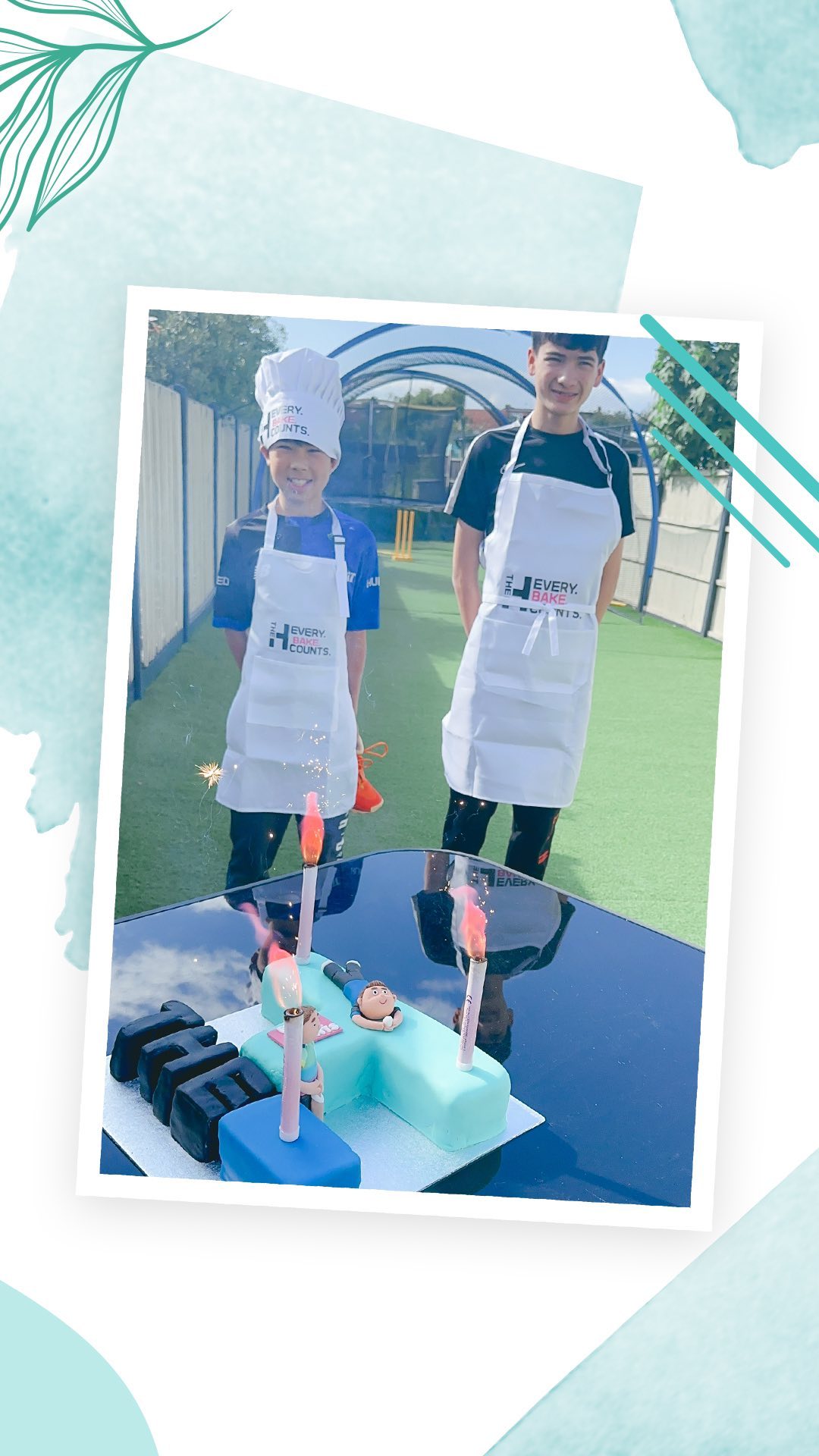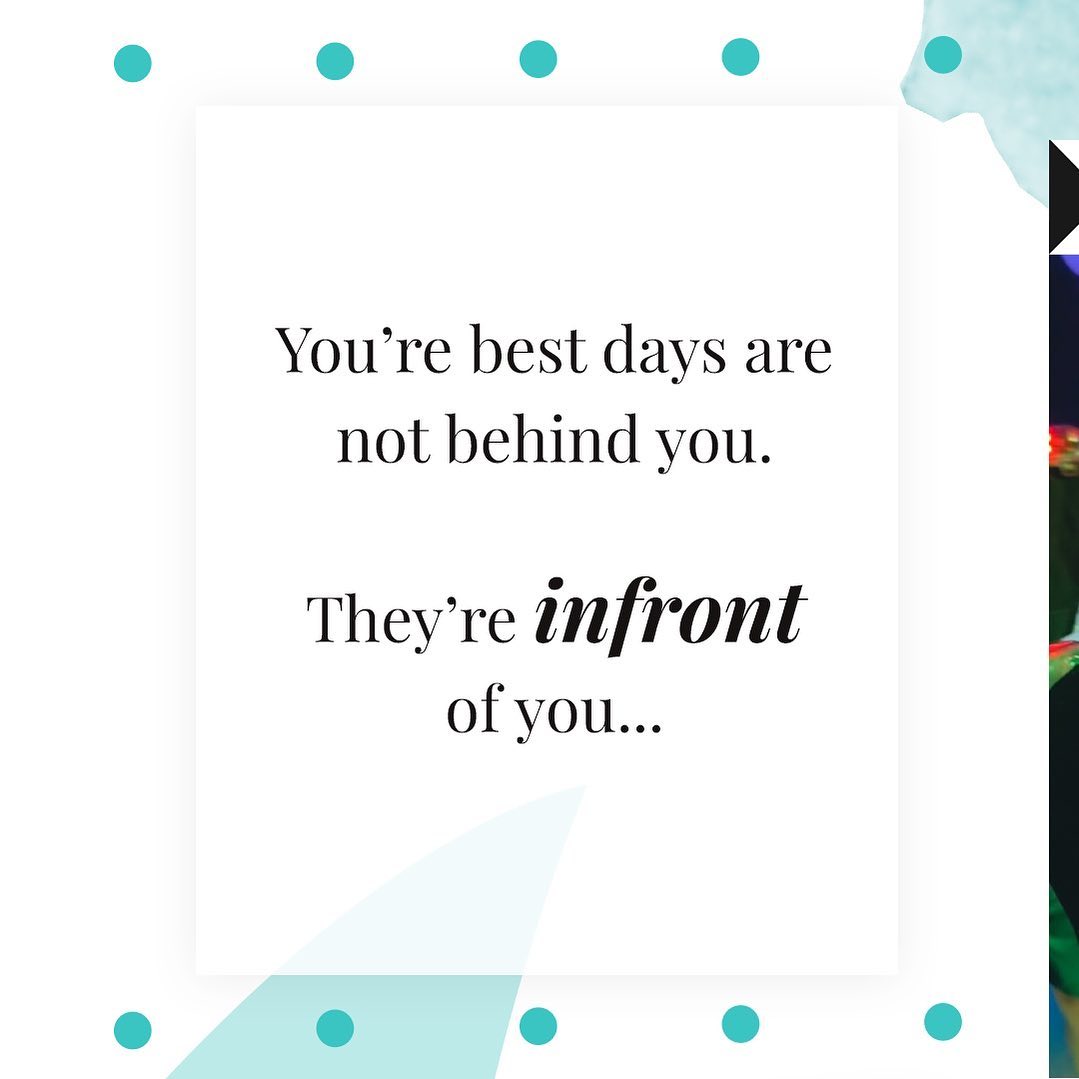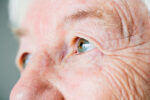Beyond Makeup: Exploring What “Beauty” Means in 2025
Beauty has always been a moving target, shifting with cultural norms, generational attitudes, and social influences. But something different is happening in 2025. The conversation around what makes someone feel beautiful is expanding beyond what’s visible to others—beyond perfectly contoured cheekbones or Instagram-worthy aesthetics—into deeply personal territory that previous generations rarely discussed openly.
We’re witnessing a quiet revolution in how women define beauty for themselves. It’s no longer exclusively about the appearance that others see. It includes how you feel in your own body, in intimate moments, in private spaces where nobody else’s opinion matters. This shift has made aesthetic medicine more nuanced, more personal, and frankly, more interesting than ever before.
The treatments women are seeking increasingly address concerns nobody else would notice—things that affect confidence, comfort, and intimate wellbeing rather than outward appearance. Let’s explore what beauty actually means when we strip away the performative aspects and focus on what genuinely matters to the person living in that body.

The Intimate Beauty Evolution
Aesthetic medicine has traditionally focused on facial rejuvenation—lines, wrinkles, volume loss, and skin quality. These treatments address concerns visible to the world, helping women feel confident in social and professional settings. They’re valid and valuable, but they’re only part of the story.
Increasingly, women are seeking aesthetic medicine for areas nobody else sees. Intimate rejuvenation treatments address concerns affecting sexual confidence, physical comfort, and personal satisfaction. These aren’t about meeting external beauty standards—they’re about feeling comfortable and confident in your own body during your most private moments.
This evolution reflects broader shifts in how women approach self-care. Previous generations accepted post-childbirth changes, menopausal symptoms, or age-related intimate changes as inevitable and undiscussable. Today’s women are asking: “Why should I accept discomfort or dissatisfaction when solutions exist?”
The answer is simple: you shouldn’t. Aesthetic medicine in 2025 recognises that beauty isn’t just what others see—it’s how you experience your own body.
What Intimate Aesthetic Medicine Actually Addresses
Intimate aesthetic medicine encompasses various treatments targeting concerns that significantly impact quality of life despite being invisible to others.
Vaginal rejuvenation treatments address changes following childbirth, hormonal shifts, or ageing. These might include laxity affecting sensation, external appearance concerns, or functional issues. Treatments range from non-surgical options like radiofrequency or laser therapy to surgical procedures, depending on specific concerns and desired outcomes.
Labiaplasty addresses discomfort or self-consciousness about labial size or shape. Some women experience physical discomfort during exercise, intimate activity, or simply wearing certain clothing. Others feel self-conscious about their appearance despite it being within normal variation. Aesthetic medicine offers solutions for both functional and aesthetic concerns.
Treatment for vaginal dryness and atrophy, particularly common during menopause, can dramatically improve comfort and sexual function. Options include laser treatments, PRP-based therapies, and hormone-based approaches that restore tissue health and natural lubrication.
Stress incontinence treatments address the frustrating reality of leaking urine when coughing, sneezing, laughing, or exercising. Various aesthetic medicine approaches—from minimally invasive injectable treatments to more comprehensive surgical solutions—can significantly improve or resolve this issue.
These concerns might seem purely functional rather than aesthetic, but the line blurs significantly. Feeling comfortable, confident, and functional in your body is fundamentally connected to how you perceive your own beauty and wellness.
The Psychology of Private Beauty
There’s fascinating psychology behind seeking aesthetic medicine for areas only you (and perhaps a partner) will see. It reveals that beauty isn’t primarily about external validation—it’s about internal alignment between how you want to feel and how you actually feel in your body.
Women pursuing intimate aesthetic medicine aren’t doing it to impress partners (though improved confidence often enhances relationships). They’re doing it because discomfort, self-consciousness, or functional concerns affect their quality of life. They’re reclaiming ownership of their bodies and refusing to accept unnecessary discomfort or dissatisfaction.
This shift represents genuine empowerment. You’re not chasing societal beauty standards or seeking approval. You’re addressing personal concerns that matter to you, regardless of whether anyone else would notice or care. That’s authentic self-care rather than performance.
Breaking the Consultation Barrier
Despite growing acceptance, discussing intimate concerns with healthcare providers remains challenging for many women. You’re talking about private body parts, often describing issues affecting sexual function or intimate comfort. It feels vulnerable and awkward.
Here’s what helps: remember that aesthetic medicine practitioners specialising in intimate treatments have heard everything. Your concern isn’t shocking, unusual, or trivial. They’ve treated hundreds of women with similar issues. Their goal is to make you comfortable whilst providing professional solutions.
Quality practitioners create safe, judgment-free environments. Initial consultations should feel conversational rather than clinical. You should be able to ask questions, express concerns, and discuss expectations without feeling rushed or dismissed. If you don’t feel comfortable, find a different practitioner. Your intimate concerns deserve respectful, thorough attention.
Realistic Expectations Matter
Aesthetic medicine can deliver genuine improvements, but setting realistic expectations is crucial—perhaps even more so for intimate treatments where measuring “success” is subjective and personal.
Surgical procedures like labiaplasty deliver permanent changes but require recovery time and carry typical surgical risks. Non-surgical options like laser treatments or PRP-based therapies are less invasive but may require multiple sessions and deliver more gradual improvements.
Most importantly, aesthetic medicine addresses physical concerns effectively but can’t resolve psychological issues unrelated to physical changes. If intimate confidence issues stem primarily from past trauma, relationship problems, or body image concerns disconnected from physical reality, treatments might provide less benefit than addressing underlying psychological factors first.
Honest practitioners help you determine whether aesthetic medicine will genuinely help your specific situation or whether other approaches might be more appropriate.
The Holistic Approach
The most effective approach to intimate wellness through aesthetic medicine rarely involves a single treatment in isolation. Comprehensive care considers multiple factors.
Pelvic floor physiotherapy often complements aesthetic medicine treatments beautifully. Strengthening pelvic floor muscles improves function, enhances treatment results, and addresses concerns that aesthetic medicine alone cannot.
Hormone optimisation, particularly for perimenopausal and menopausal women, works synergistically with intimate aesthetic medicine. Systemic hormonal support enhances local treatments.
Mental health support shouldn’t be dismissed. If intimate concerns connect to anxiety, relationship issues, or trauma, addressing these alongside physical treatments delivers better overall outcomes.
Lifestyle factors—maintaining a healthy weight, staying active, avoiding smoking, managing stress—significantly influence intimate health and treatment outcomes.
Quality aesthetic medicine practitioners consider your whole situation rather than just offering procedures. They might recommend pelvic floor physiotherapy before or alongside treatments, suggest hormone evaluation, or even advise that aesthetic medicine isn’t your primary need right now.
Cost and Investment Considerations
Intimate aesthetic medicine ranges from several hundred pounds for non-surgical treatments to several thousand for surgical procedures. It’s rarely covered by insurance or NHS funding unless addressing clear functional impairment rather than aesthetic or comfort concerns.
This creates accessibility challenges. Women dealing with genuine quality-of-life issues must pay privately for solutions, which feels unfair when these concerns significantly impact wellbeing.
However, many women find the investment worthwhile. Calculating the cost-per-year of improvement rather than the total upfront cost provides a better perspective. If treatment delivers several years of improved comfort, confidence, and function, the cost becomes more reasonable when viewed as a long-term investment in well-being.
Choosing Qualified Practitioners
Intimate aesthetic medicine requires specific expertise. You’re not just having cosmetic work—you’re having medical procedures affecting sensitive, functional tissue. Practitioner qualification matters enormously.
Seek doctors or specialist nurses with specific training in intimate aesthetic medicine, working in properly regulated medical settings. Check their experience with your specific concern, view before-and-after evidence where possible, and ensure they discuss risks honestly rather than minimising them.
During consultations, trust your instincts. Quality practitioners make you feel comfortable discussing intimate concerns, never pressure you into making immediate decisions, discuss alternatives honestly, and set realistic expectations rather than promising transformations.
The Bottom Line
Beauty in 2025 extends far beyond what’s visible to others. It includes how you feel in your own body during private moments that matter profoundly, despite being invisible to the world.
Aesthetic medicine addressing intimate concerns isn’t frivolous or indulgent—it’s healthcare targeting issues that significantly impact quality of life, confidence, and wellbeing. Whether you’re dealing with post-childbirth changes, menopausal symptoms, physical discomfort, or simply wanting to feel more confident and comfortable in your body, solutions exist.
The question isn’t whether seeking aesthetic medicine for intimate concerns is justified. The question is: why would you accept discomfort or dissatisfaction when treatments exist that could genuinely help?
Beauty is personal. It’s about feeling comfortable, confident, and at home in your body—whether anyone else sees it or not. That’s worth pursuing.

![[AD] We’re a cricket-mad family, so we’re buzzing that @thehundred is back this August! 🏏🔥
To get ready, M tried out the official FREE Activity Pack — and it’s brilliant! 🙌
Packed with fun games, creative challenges and sporty tasks, it’s perfect for getting kids hyped whether you’re at home or on the go.
👉Download yours now (link in bio)
@londonspirit @ovalinvincibles #EveryMomentCounts #TheHundred
#EnglandCricket #CricketFamily #TheHundredCricket #LondonBloggers #Cricket #CricketIsLife #kidsfun](https://suburban-mum.com/wp-content/uploads/2022/11/505472555_18531279601016840_7092520074819907569_n-180x320.jpg)



![[AD - Press visit]
We enjoyed the glorious sunshine this weekend with a trip to Brighton. We went on the @brightoni360official which is right by the sea front.
The i360 pod take a slow journey up, allowing you to take in views across Brighton and the South Downs 450ft above ground. There’s a bar inside with drinks and snacks available to purchase and the experience lasts 25 minutes.
Afterwards, we headed to the open air roller rink for a roller skating session!
The roller rink is:
⭐ Suitable for over 5s
⭐ £6.50 if you have your own skates or £9.50 if you need to hire them
⭐ 45 minutes per session
Full details to visit the i360 + skating
📍 Brighton i360, Lower Kings Road, Brighton BN1 2LN
🚗 Parking nearby (we parked in the Regency Square Car park)
🎟️ Prices start from £25.40 for an adult and £16.90 for a child
🕐 Opening hours are currently Sun-Fri 10.30am-18.30pm and until 19.30pm on Saturdays
☕️ Bar inside the i360, cafe and gift shop
Book tickets here:
https://tickets.brightoni360.co.uk/tickets/?_ga=2.195305772.1869001490.1689671753-1757164059.1689671753/#events?eventid=157](https://suburban-mum.com/wp-content/uploads/2015/04/417980235_313576471048632_3682382982231216432_n.jpg)

![[AD] ***Summer of fun at Barracudas Activity Camps!****
There is plenty for kids to do at @barracudas_activity_day_camps
From Tennis, Archery, Swimming, Motor Sports and more you can be sure that there will be something for kids aged 4.5-14. ⚽🏈🥅🎾🏓🏎️🏹🏊♂️🏉
You can book on a day by day basis - so it can fit in with any other days out/activities you have planned and there are early drop off and late pickup options available. Barracudas are also Ofsted registered so you can use your Childcare Vouchers too.
⭐⭐⭐Get £20 off a week or £4 off a day using my discount code: MARIA20⭐⭐⭐
#BarracudasActivityDayCamp #BarracudasActivityCamp #BarracudaAmbassadors #SummerHolidays #SchoolHolidays #Summer2023 #SummerCamp #DayCare #Camp #KidsCamp #surreymummy #surreymums #SummerOfFun #ActivityCamps #HolidayCamps #Childcare #SchoolHolidays #schoolholidaycamps](https://suburban-mum.com/wp-content/uploads/2024/07/353583570_625625966167953_545896259645102575_n.jpg)



![[AD] We have some super exciting news...we have been chosen to be Laser Quest Ambassadors, and the boys are over the moon!
We are really lucky that our local Laser Quest (@laserquestkingston) is just around the corner from us. It means we can pop in of a weekend or anytime during the school holidays, and with summer just around the corner, I know Laser Quest will be one of our go-to places for some family fun.
As well as games of Laser Quest, there are also VR experiences and arcade amusements too. To find out a bit more about how Laser Quest works, you can read my blog post: https://www.suburban-mum.com/laser-quest-kingston/ (clickable link in bio)
Don't forget to keep an eye out for our Laser Quest posts - I'm going to be giving away two family passes to use at Laserquest Kingston!
If you can't wait and want to head down to Laser Quest to try it out, use the code SUMMER30 for 30% off your booking. The code is valid from now until the end of August 2023 and can be used on Laser Quest games and birthday party bookings.
#LaserquestAmbassador #Laserquest #LaserquestKingston #ActivitiesForKids #FamilyFun #DaysOutWithKids #Lasertag #LaserquestVR #Kingston #ThingsToDoInKingston #SurreyFamilyDaysOut #ThingsToDoWithKids #RainyDayFun #SurreyMummy #SurreyLife #LifeWithKids #LifeWithBoys #familyfunday](https://suburban-mum.com/wp-content/uploads/2015/04/353230107_797358078406942_2405522556733455165_n.jpg)

![[AD] The sun has finally made an appearance and the boys have been making the most of it by spending it
in the garden.
They’re go-to is always football and they’ve been trying to improve their aim and accuracy with the new Messi Foldable Footlball goal from the #MessiTrainingSystem range.
I love the fact the goal is foldable, making it easy to store away when not in use. It is also lightweight so you can effortlessly pack it up and take it to the park or to a friend’s house.
The Messi Foldable Football Goal retails at £36 and can be purchased from @argos
You can read my full review here: https://www.suburban-mum.com/messi-foldable-football-goal/
#TrainLikeMessi #FoldableFootballGoal #FootballSkills #OutdoorFun #LionelMessi #LeoMessi #FootballAtHome #OutdoorKids #JustGetOutside #OutdoorsAndFree #ScreenFreeKids #WhateverTheWeatherKids @flair_gp](https://suburban-mum.com/wp-content/uploads/2015/04/341194882_615024710178056_41977149395989448_n.jpg)

![[AD] We are absolutely thrilled to announce that we are Barracuda Ambassadors again this year.
With Easter just around the corner, the boys were sent the @barracudas_activity_day_camps new camp kit in preparation for the school holidays.
There’s a wide range of activities for kids aged 4.5 - 14 including Tennis, Archery, Basketball, Arts & Crafts and more.
If you like the sound of Barracudas, find out more over on their website. You can also save £20 a week or £4 a day, using my discount code: MARIA20](https://suburban-mum.com/wp-content/uploads/2024/07/336812306_765234558514317_685553691647241974_n.jpg)


![[AD - Gifted]
Last weekend we were invited to try out @tsarettaspice’s new Bottomless Brunch menu and I can tell you it was thumbs up all round!
There’s a good choice tapas on offer from Punjabi fish fingers, Indo Chinese Chicken to Spiced Lamb Scotch Eggs and Manchurian Cauliflower (which was amazing!)
If you’re local to Twickenham and fancy giving them a try here’s are the details.
Tsaretta Spice Bottomless Brunch
⭐️£37.50 per head for bottomless Prosecco or cocktail of the day
⭐️£55 per head for bottomless Champagne
⭐️ Food included: 4 tapas selections and dessert or 2 tapas selections, a pav or naanwich and dessert
⭐️ Non-alcohol brunch is also available
Tsaretta Spice
55 Church Street
Twickenham
TW1 3NR
You can also read our full review over on the blog (link in bio)](https://suburban-mum.com/wp-content/uploads/2024/07/334565436_5960402314015030_663031098700829518_n.jpg)
![[AD] What does family look like for you?
I am fortunate to be surrounded by strong, powerful women in the form of my mum, sister and mother-in-law (along with many others). With Mother’s Day just around the corner, @BootsUK want to celebrate all the different mums and mother figures we are lucky enough to have in our lives. They have a huge range of Mother’s Day gifts to choose from so we can show them how much they mean to us. (swipe to take a look at some of my choices)
If you want to express love and appreciation for the mother figure(s) in your life, head to Boots.com to find the ideal gift. They have a whole host of gifts, so you can be sure to find something to suit all tastes. Celebrate the #LoveForAllMums this Mother’s Day with Boots.
](https://suburban-mum.com/wp-content/uploads/2015/04/334276459_136658625736352_6403224988403337253_n.jpg)



